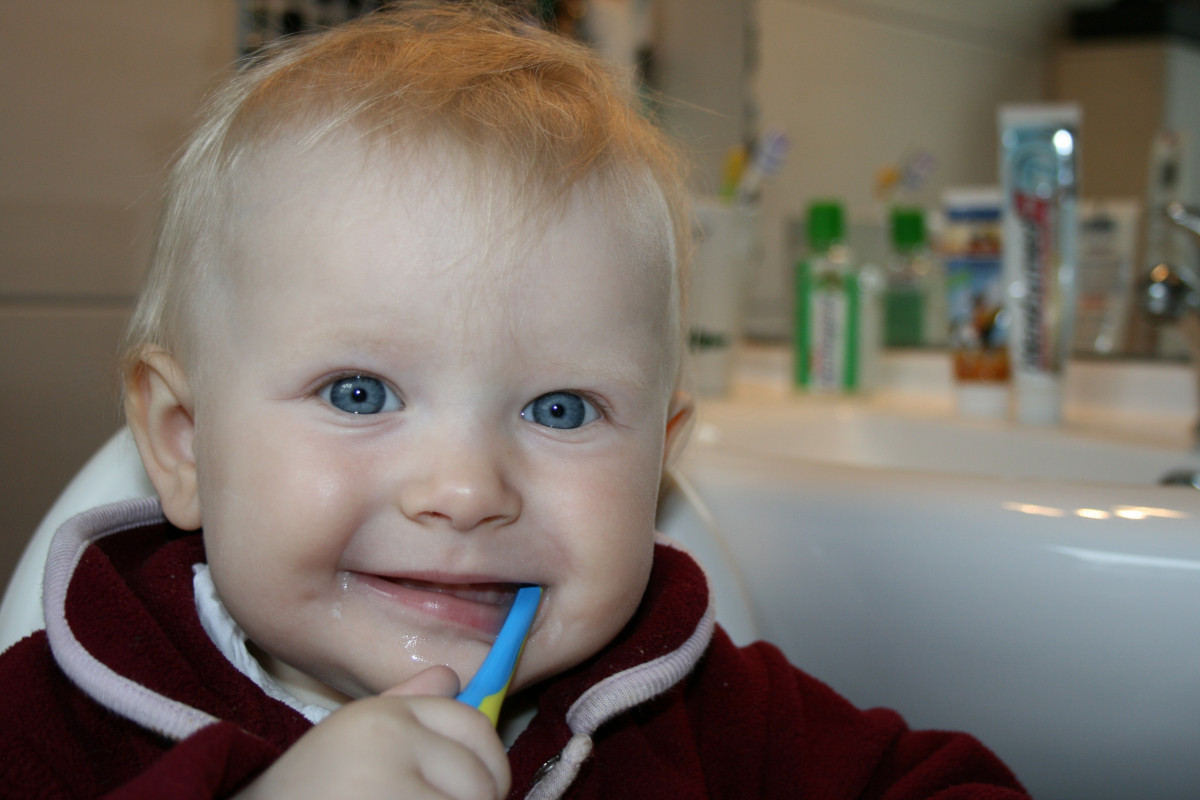How Often Should I Use Baby Diaper Cream
It is often recommended to young mothers to use a diaper cream for their babies. For some, it is a reflex at each diaper change, for others, it is an episodic use, when redness or erythema appear on the buttocks of the newborn. But the big question remains: which one is the most effective? Three types of diaper cream
A diaper cream is primarily used to create a protective barrier on baby’s bottom against skin irritations often caused by urine stored in the diaper. They are most often used to prevent or treat diaper rash. Diaper creams are most often available in three types:
– The protective cream (the best being the one composed of zinc oxide) is a classic cream often sold in a tube and intended most of the time, only for baby’s buttocks at the time of the change. The protective cream, also called ointment, contains water.
– The liniment oléo-calcaire is a lotion of greenish color, composed each time of a volume of vegetable oil and a volume of water of lime. Some brands may add perfumes and possibly essential oils.
– The ointment is much more pasty than the cream and the liniment. It comprises lipids, waxes, and fats mixed with finely ground resin powders.
Important: using zinc oxide in cosmetic products is likely to cause lung inflammation by inhalation. For this reason, the European Commission has decided to withdraw spray cosmetics containing zinc oxide from the market as of May 24, 2018.
In the past, parents would sprinkle talcum powder on baby’s bottom. Today, it is recommended not to use baby powder, as this product does not create a protective barrier in any way and is not at all effective against moisture in the diaper. In addition, it is now known that talcum powder can be dangerous for toddlers, as it becomes airborne and can cause respiratory problems.
How often should I use diaper creams?

There are two main practices for how often to use diaper creams:
– Half of the families will apply a protective cream, ointment, or liniment regularly or even at every diaper change to prevent redness and diaper rash.
– The other half will use it only when rash and diaper rash appear.
To date, no real study has been conducted to find out which of these two families behaves better. So, we will say that everyone does as they wish and acts according to their own family tradition.
In any case, diaper creams should be applied after removing the dirty diaper and carefully cleaning and wiping the baby’s bottom. They can be applied directly to the bottom or with a cotton ball.
Good to know: a report indicates that several dangerous chemical substances which can migrate in the urine and enter in contact prolonged with the babies’ skin are found in the single-use layers, from where the interest in using adapted protective creams is.
Price of protective creams for diapers, liniment, and ointment
The price of baby creams, liniments, and ointments varies according to two main criteria:
– the brand ;
– the organic composition or not.
Price of protective creams or ointments
Depending on your chosen brand, a protective cream or ointment will cost you between $2 for a supermarket brand and $10 for an organic brand bought in a pharmacy or para pharmacy for a tube of about 100 ml.
Some protective creams or ointments are not only for baby’s bottom but can also be applied to certain more sensitive areas of the skin.
Price of the liniment oléo-calcaire cream
Depending on the brand you choose, a liniment will cost you between $4.50 for a non-organic brand and $12 for an organic brand for a tube of about 250 ml.
This is a little more expensive than a protective diaper cream.
Price of the ointment
Depending on your chosen brand, an ointment will cost you between $7 for a classic brand sold in supermarkets and $38 for an organic or luxury brand sold in pharmacies and para pharmacies for a tube of about 100 g.
The ointment is often more expensive than the liniment and the protective cream.







